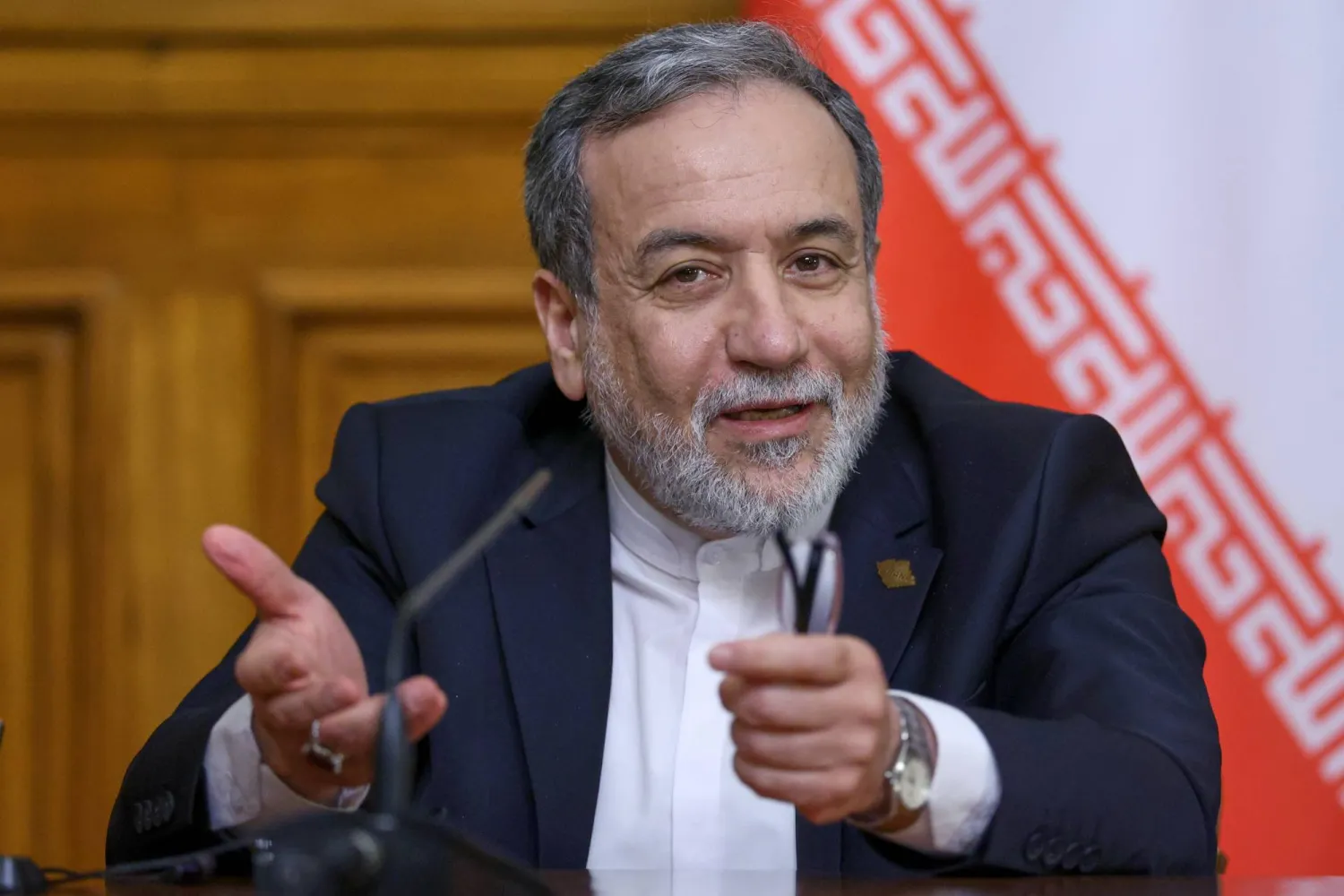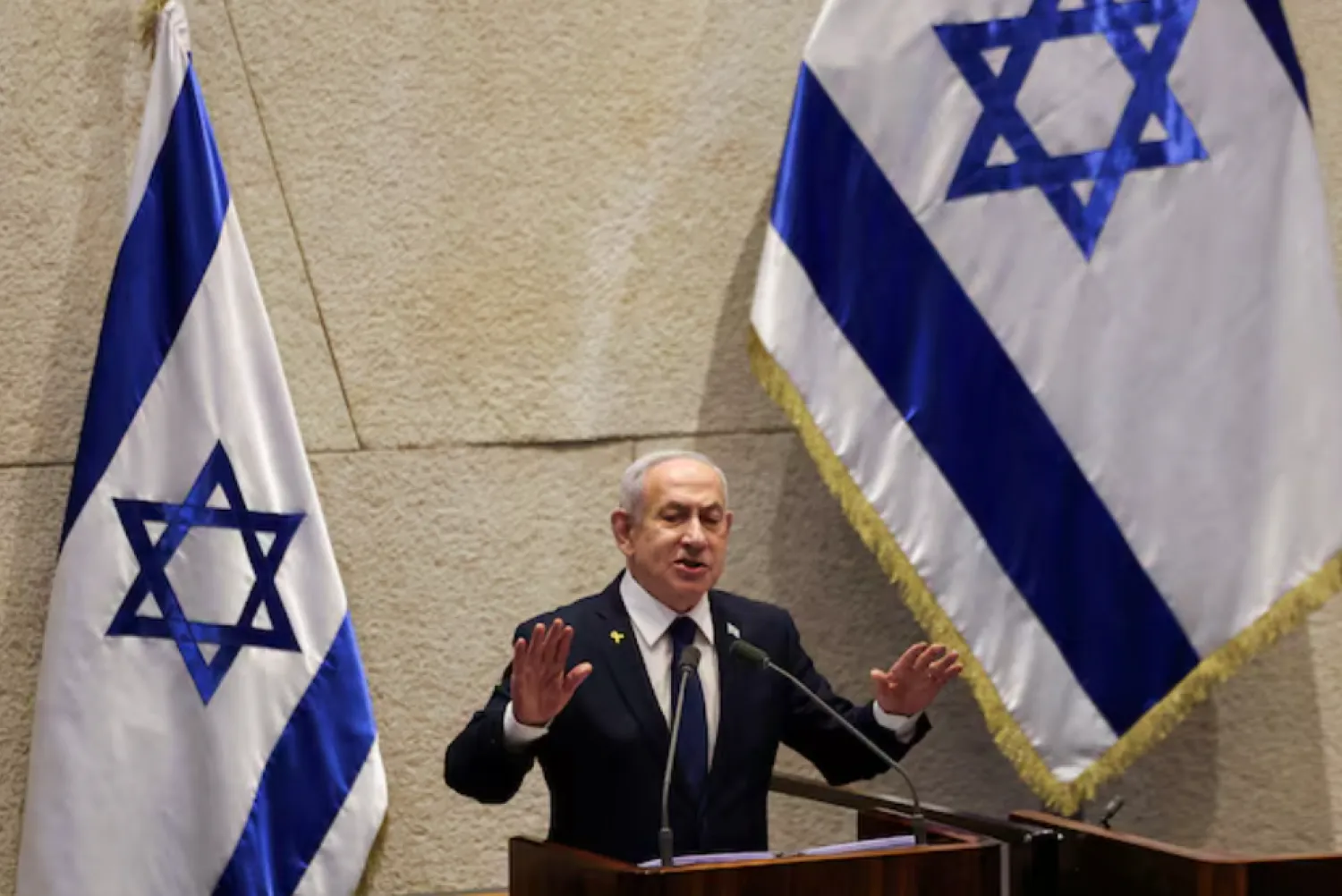French President Emmanuel Macron on Friday met a delegation of prominent exiled Iranian rights activists, later hailing the women-led protest movement in the country as a “revolution.”
Iran has for the last weeks been rocked by protests triggered by the death of Mahsa Amini who had been arrested by the morality police.
“We welcomed with great honor and pleasure a delegation of Iranian women,” Macron told a session at the Paris Peace Forum, an annual conference held in the French capital, after meeting the activists at the Elysee.
“I want to emphasize our respect and admiration in the context of the revolution they are leading,” he added.
The delegation included Roya Piraei, whose mother Minoo Majidi was killed by security forces at the start of the protest crackdown, US-based activist Masih Alinejad, Shima Babaei, who has campaigned for justice for her father who has disappeared in Iran, and Ladan Boroumand, the co-founder of a Washington-based rights group.
In mid-October, Macron said Paris stands by the protesters in Iran, which in turn considered it an “intervention” in its internal affairs.
France Inter radio said it will broadcast an interview with Macron on the Iran issue on Monday.
Meanwhile, French Foreign Minister Catherine Colonnaconfirmed Saturday that two more French citizens have been detained in Iran, bringing the total number of French citizens held in Tehran to seven.
“We are worried about two other compatriots and the last verifications show they are also detained,” Colonna told daily newspaper Le Parisien on Saturday.
On Oct 6, France lashed out at Iran for “dictatorial practices” and taking two of its citizens hostage after a video aired earlier in which they appeared to confess to spying, amid weeks of unrest that Tehran has tied to foreign foes.
Paris reiterated its demand for their immediate release and the immediate, unconditional access to its two compatriots in accordance with the international obligations to which Iran subscribed under the Vienna Convention of April 24, 1963.
“It is more important than ever to remind Iran of its international obligations. If its aim is blackmail, then it cannot work,” the minister said.
“My Iranian counterpart, with whom I had a long and difficult conversation, has committed to respecting the right of consular access. I expect that to happen,” AFP quoted Colonna as saying.
On Friday, Le Figaro newspaper reported that the two nationals had been arrested prior to the start of anti-government protests in September over Amini’s death.









